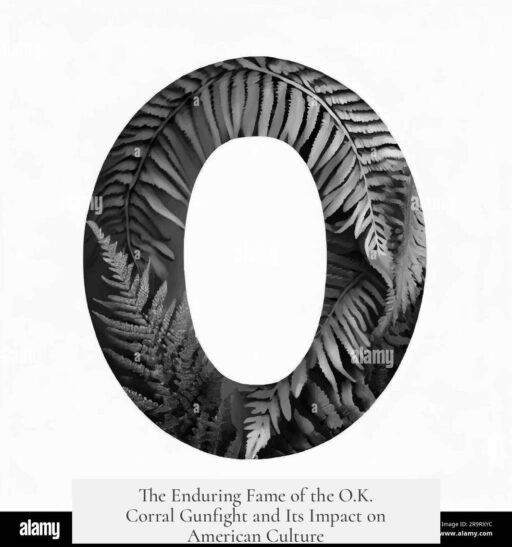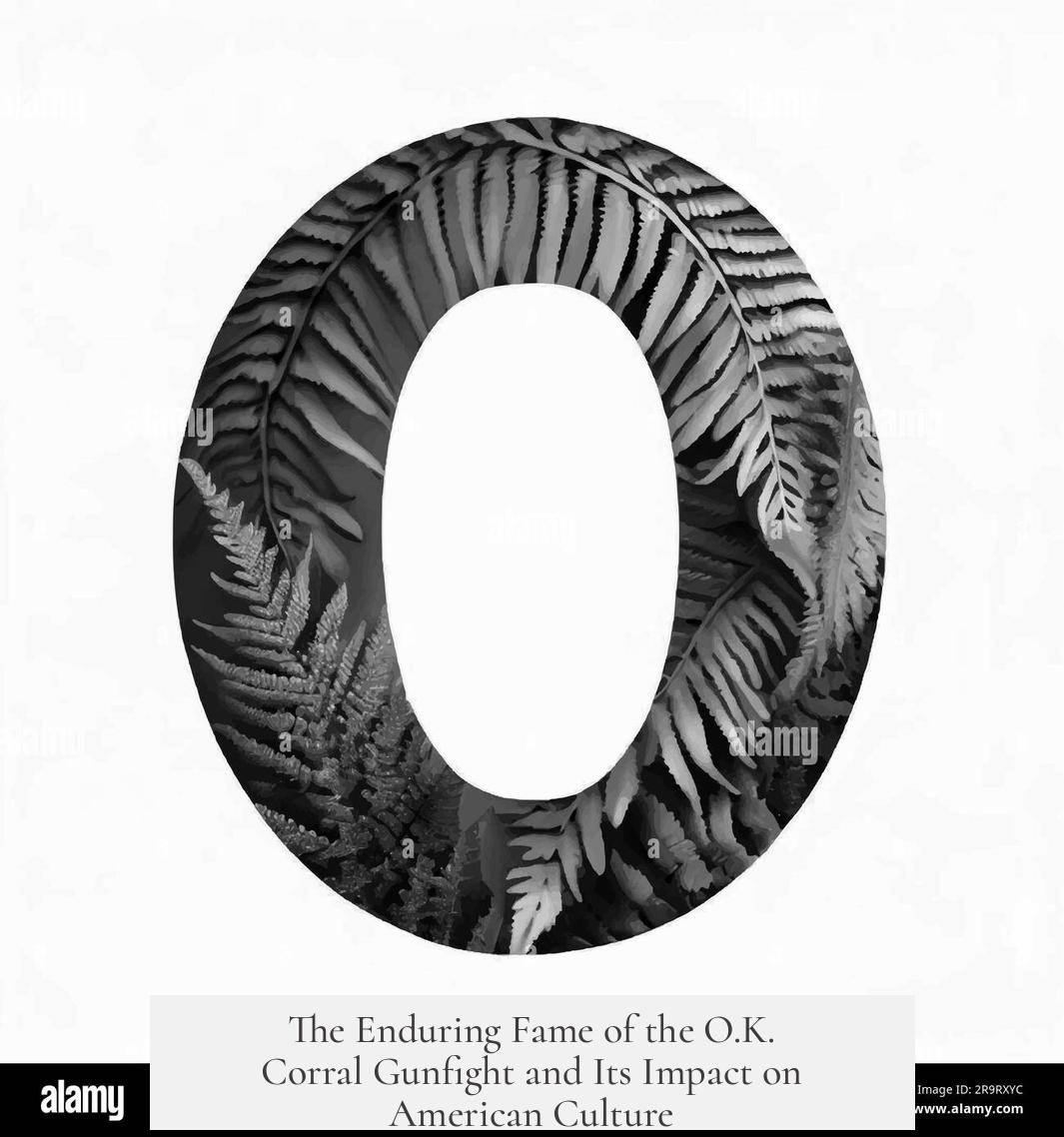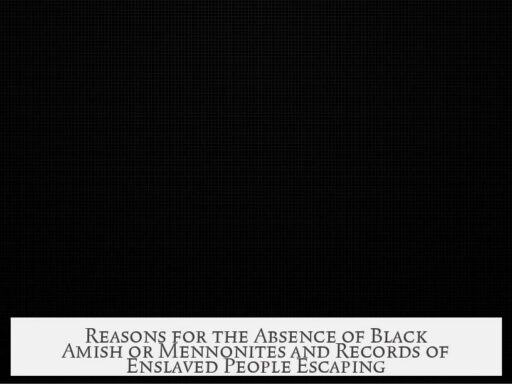The gunfight at the O.K. Corral is famous largely due to its sensationalized portrayal in media, the influence of Wyatt Earp’s personal narrative, and its embodiment of the mythologized American Old West. It stands out as a symbol of a complex clash framed simplistically as good versus evil, amplified by journalism, literature, and Hollywood’s golden age of western entertainment.
The event, which took place in 1881 in Tombstone, Arizona, involved Wyatt Earp, his brothers, and Doc Holliday confronting a group of cowboys. The gunfight itself lasted barely 30 seconds but became iconic because of how it was reported and later dramatized. Sensational journalism at the time romanticized frontier violence, fueling popular appetite for tales of rugged individualism and frontier justice. These stories were soon woven into dime novels and pulp fiction, transforming the raw facts into gripping narratives of heroes and villains.
Wyatt Earp significantly shaped public memory of the gunfight. After his death, a 1931 biography portrayed him as the heroic lawman of the American West. The book sold widely and reinforced the idea of Earp as a courageous enforcer of justice. His accounts downplayed complexities and presented the fight as a straightforward battle between good (Earps and allies) and bad (the cowboys). Historians suggest that Earp’s version included exaggerations and omissions, contributing to a distorted but compelling legend.
The widely accepted narrative oversimplifies the conflict. The gunfight was deeply rooted in broader social, political, and economic tensions of the time. It involved factions representing Republican versus Democrat, business interests versus laborers, city versus rural values, and even northern versus southern sympathies. A significant element was the struggle over the West’s future—whether it would remain a lawless frontier or become civilized with structured governance, including gun control.
Local authorities had outlawed carrying guns in Tombstone, aiming to curb gun violence. The gunfight erupted when the Earps insisted that the cowboys surrender their firearms, an order some refused. Alcohol and drugs, greed, ambition, and legal disputes exacerbated tensions. These nuances are often lost in popular retellings, which prefer a black-and-white portrayal rather than the tangled realities of the frontier.
Popular culture played a key role in cementing the gunfight’s fame. Early 20th-century western shows, dime novels, and later, radio programs, movies, and television series brought the story to broad audiences. Between the 1930s and 1960s, Hollywood’s western film boom reinvented the Old West as a simple moral battleground. This version cast cowboys as noble defenders of freedom rather than their historical realities, where about a third of cowboys were black, one-third were Native Americans or Mexicans, and “cowboy” was often a derogatory term for disreputable workers.
| Factors Behind Fame | Details |
|---|---|
| Sensational Journalism | Media exaggerated violence and drama, attracting widespread interest. |
| Wyatt Earp’s Biography | Posthumous book reshaped story into heroic legend. |
| Cultural Mythmaking | Hollywood and dime novels promoted simplified good vs. evil narratives. |
| Underlying Social Conflicts | Political, economic, and cultural tensions framed the real fight. |
The gunfight also fits into the larger American obsession with the frontier myth. Since the country’s founding, the frontier symbolized opportunity and rugged independence. This identity was continuously reshaped into legends of armed farmers and fearless cowboys defending civilization against chaos. The O.K. Corral shootout became an emblematic event, reinforcing a national image that persists in politics and culture, sometimes influencing attitudes toward gun rights and violence.
In reality, the Old West was more complex than popular images suggest. The gunfight represented competing visions of progress, control, and identity in a rapidly changing frontier society. The story’s fame owes much to the blending of fact and fiction, creating a powerful, enduring myth rather than a pure historical record.
- The gunfight’s fame arises from sensationalized media and Wyatt Earp’s narrative.
- It symbolizes a simplified good vs. bad story, masking deep social conflicts.
- Western entertainment from dime novels to Hollywood films fueled its legendary status.
- The event embodies America’s larger frontier myth and its impact on national identity.
- Historical realities reveal complex political, social, and cultural struggles behind the shootout.
Why Was the Gunfight at the O.K. Corral So Famous?
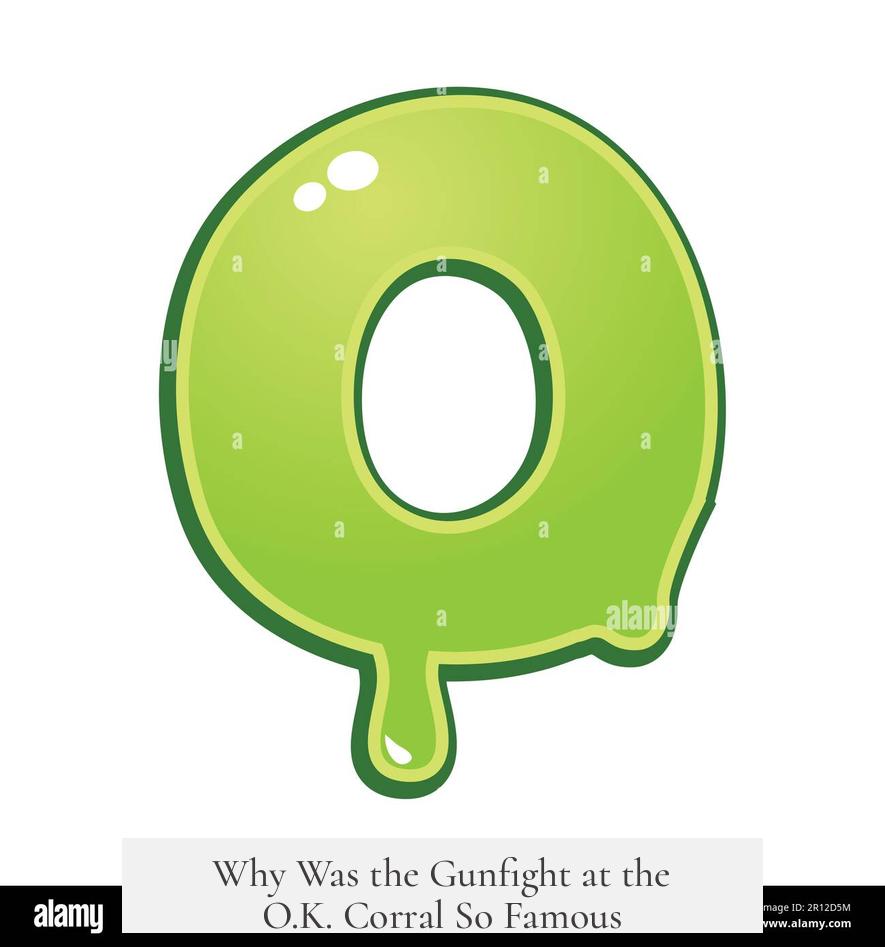
The Gunfight at the O.K. Corral remains one of the most notorious events of the American Old West, but why exactly? It’s not just because it was a shootout; it’s a tangled mix of sensational storytelling, complex politics, and a hefty dose of myth-making. Let’s break down what really put this 30-second clash into the history books—and why it still captures our imagination.
First off, the event itself was far from a simple good-versus-evil showdown, despite what Hollywood loves to portray.
The Power of Sensational Journalism and Romanticization
Back in the late 1800s, pulp fiction and dime novels were the tabloids and blockbusters of their day. These stories turned the wild frontier into a dazzling tale of rugged heroes and ruthless villains. The Gunfight at the O.K. Corral fit perfectly into this narrative as the ultimate showdown between law and lawlessness. Sensational journalism hyped the event, painting it larger than life. People didn’t just want facts—they wanted drama.
This wasn’t just a tale on paper. Traveling wild west shows and stage performances thrilled crowds with staged shootouts and trick shooting, feeding the growing legend of the Old West. The public’s appetite for these stories laid the fertile ground for the O.K. Corral’s place in history.
Wyatt Earp’s Influence: The Man Behind the Myth
Wyatt Earp—whether you love him or loathe him—is central to why the gunfight became legendary. After his death, Earp’s biography was published in 1931 and became wildly popular. But Earp was not exactly known for sticking strictly to the truth.
He painted himself as a heroic lawman, a badge of justice in turbulent times, telling the public what they wanted to hear. This version of events, stuffed with half-truths and embellishments, helped cement the gunfight in the American imagination. Thanks to Earp, the Old West became a stage for black hats and white hats, even if real life was far messier.
A Simplistic Story in a Complex World
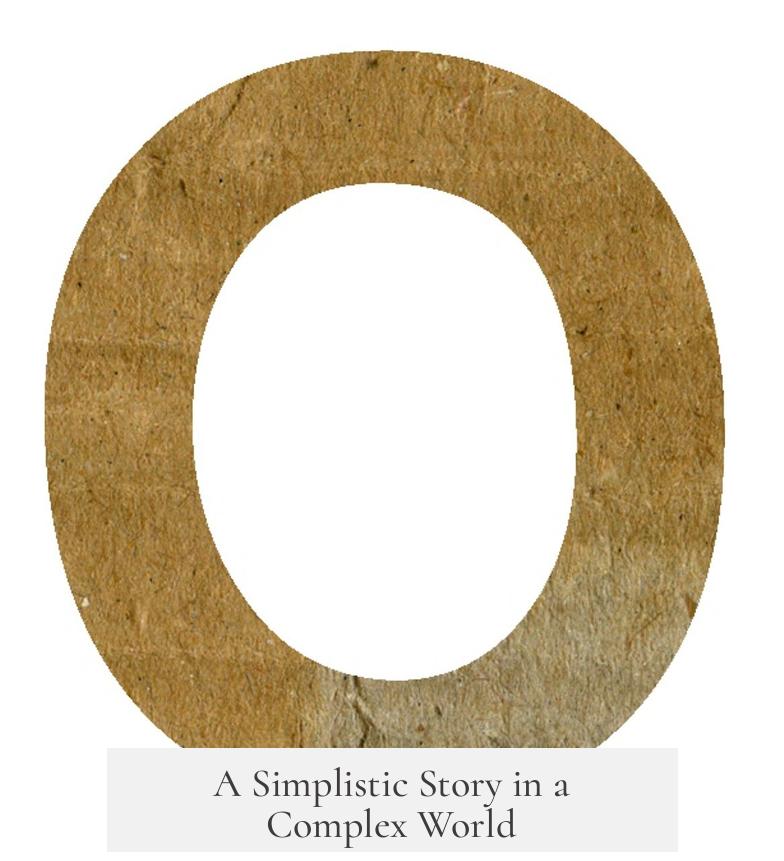
Movies and TV love to spin the gunfight as “good guys vs. bad guys.” It’s a neat story—law and order facing wild cowboys out of control. But actually, the gunfight was tangled in layers of political, social, and economic conflicts.
- Republicans versus Democrats
- City folks versus country folk
- Business interests versus workers
- Northern versus southern ideals
- Those wanting the West wild versus those pushing for “civilization” and statehood
On top of that, there was a serious fight over gun control. Tombstone’s elected officials had outlawed carrying weapons openly to curb violence. The Earps demanded the outlaw cowboys surrender their guns, sparking the infamous shootout. Mix in alcohol, opiates, greed, fear of change, and legal battles, and you see why it wasn’t just black and white.
The Romanticized Old West and Its Myths
The Gunfight’s fame didn’t suddenly light up in 1881—America had been obsessed with the frontier long before that. After the Revolutionary War, the national memory embraced the image of the armed frontiersman as a symbol of rugged independence. This myth grew through western fiction and dime novels in the 1800s, which cast cowboys as heroic figures and lawmen as righteous defenders.
In reality, cowboys of the time were often drifters with rough reputations, and the demographic was diverse: about a third were black, another third Native American or Mexican. The idealized white-hat cowboy was a Hollywood invention, far from the truth of a multicultural and complicated frontier.
Hollywood further reinvented the West during its golden age from the 1930s to the 1960s. Those classic western movies cemented the simplistic trope of white hats against black hats—heroes versus villains—ignoring the mosaic of interests and tensions that marked the frontier.
The Gunfight’s Lasting Impact on American Identity
Why does the myth stick around? Because America, like many societies, defines itself through stories. The frontier myth shapes the national identity, celebrating rugged individualism and the belief that problems can be solved with courage and strength. This identity still influences the culture and politics of today, from debates over gun control to attitudes about change and progress.
In fact, this myth is alive and kicking—and sometimes with dangerous consequences. A 2003 example: a president who loved the movie High Noon took the nation into a war based on a simplified fantasy of heroism, which ended in disaster. Clearly, the frontier myth isn’t just entertainment—it shapes how people visualize power, justice, and conflict.
The Gunfight at the O.K. Corral, then, is more than a 30-second shootout. It symbolizes a clash of identities, cultures, and visions for America’s future. It’s a story we choose to tell ourselves, for better or worse.
What We Can Learn From This
Stories matter, but they should also be questioned. The Old West was complex, diverse, and often brutal. We owe it to history to see past the myths. Recognize the layers of politics, ethnicity, economics, and evolving laws that made moments like the O.K. Corral shootout so explosive.
For fans of history and pop culture alike: enjoy the tales, but remember the nuances. Cowboys weren’t always heroes. Lawmen weren’t always good guys. Progress was messy and sometimes bloody. There’s no simple moral in the real Wild West—just a tangle of people trying to make their way in a rapidly changing world.
So, Why Is the Gunfight at the O.K. Corral So Famous?
It’s famous because it got caught in a perfect storm of sensational storytelling, myth-making by Wyatt Earp, decades of romanticized fiction, and the public’s hunger for clear-cut tales of heroism amid chaos. From sensational dime novels and wild west shows to Hollywood’s golden age, the shootout became a symbol of the Old West, shaped more by legend than by fact.
Plus, it speaks to us today—in its rawest form, it challenges us to decide how we understand history, identity, and the blurred lines between right and wrong.
A Few Fun Facts to Impress Your Friends
- That famous ten-second gunfight actually lasted only about 30 seconds. Blink and you’d miss it!
- Wyatt Earp’s posthumous biography, published 50 years after the shootout, played a huge role in popularizing the event.
- About one-third of real cowboys were black, another third were Native American or Mexican—far from Hollywood’s all-white cast.
- The term “cowboy” originally was an insult, meaning a drunken drifter.
- Gun control was a literal factor: Tombstone had banned carrying guns in town, and the Earps were enforcing it when the shooting started.
So next time you see the O.K. Corral shootout on the big screen or hear the tale told around a campfire, remember: you’re witnessing a story wrapped in myth, politics, and a rebellion against a changing world.
Want to dig deeper? Explore the diversity of real cowboys, or compare the wild realities with Hollywood’s version. Because the Old West is more than just a shootout—it’s a legend layered with truth, lies, and everything in between.
Why did sensational journalism make the gunfight at the O.K. Corral famous?
Newspapers of the time exaggerated the event. They turned it into a thrilling story. This caught the public’s attention and sparked interest in the Old West.
How did Wyatt Earp contribute to the shootout’s fame?
Wyatt Earp’s biography, published after his death, made the event widely known. Earp portrayed himself and the fight in a way people wanted to hear, shaping the legend.
Was the gunfight really a simple good versus bad fight?
No. The clash was complex. It involved political tensions, business interests, and debates about law and order. It was not just heroes versus villains.
Why did movies and radio shows increase the event’s fame?
From the 1930s to the 1960s, westerns were popular on screen and radio. These media romanticized the gunfight and spread its story to a wide audience.
How does the O.K. Corral gunfight relate to American identity?
The event fits into a larger myth about the American frontier. It symbolizes a rough, independent spirit that many Americans embrace, even if the truth is more complex.
